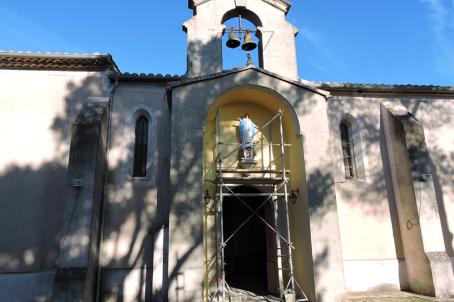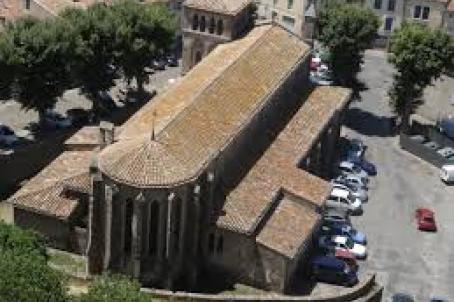Church of Saint-Paul-Saint-Serge, Bagnoles
The construction of the parish church Saint Paul-Serge de Bagnoles began in the fourth century. Later renovated in the Romanesque style, it first served as a chapel at the Château de Bagnoles. After falling into ruins, the chapel became a church and was rebuilt and enlarged in the Gothic style. The interior furniture is carved in the red marble of Caunes Minervois.
About this building
The construction of the Saint Paul-Serge de Bagnoles parish church began in the 4th century and was dedicated, from its foundation, to Saint Paul-Serge. During the period of the Carolingian kings, it served as a chapel at the Château de Bagnoles, of which now only the dungeon remains. At that time it was Romanesque.
After falling into ruins, the chapel, now a church, was rebuilt and enlarged between 1250 and 1350 in the Gothic style. The building was much enlarged, with two side chapels added: the Saint-Roch chapel, originally dedicated to St. Anthony (14th century) and the Notre-Dame chapel (late 16th century), which was built by Guillaume Celles de Parazols, former captain of the Ligueurs, from Bagnoles. He wanted this chapel to serve as a burial place for his family (who kept the property until 1750). These chapels form an asymmetrical transept on both sides of the nave. The third bay and its square bell tower are newer.
In the nineteenth century the roof of the nave was repaired and an ogival-style rib vault was built with moldings. This vault, built according to the method of Philibert Delorme, is made of poplar wood and covered with plaster. The double-leafed wooden door of the main entrance, bears the date "1856" engraved in the wood. The interior furniture is carved in the red marble of Caunes Minervois. This marble is native to the region, and has been used since Roman times for construction and decoration.





